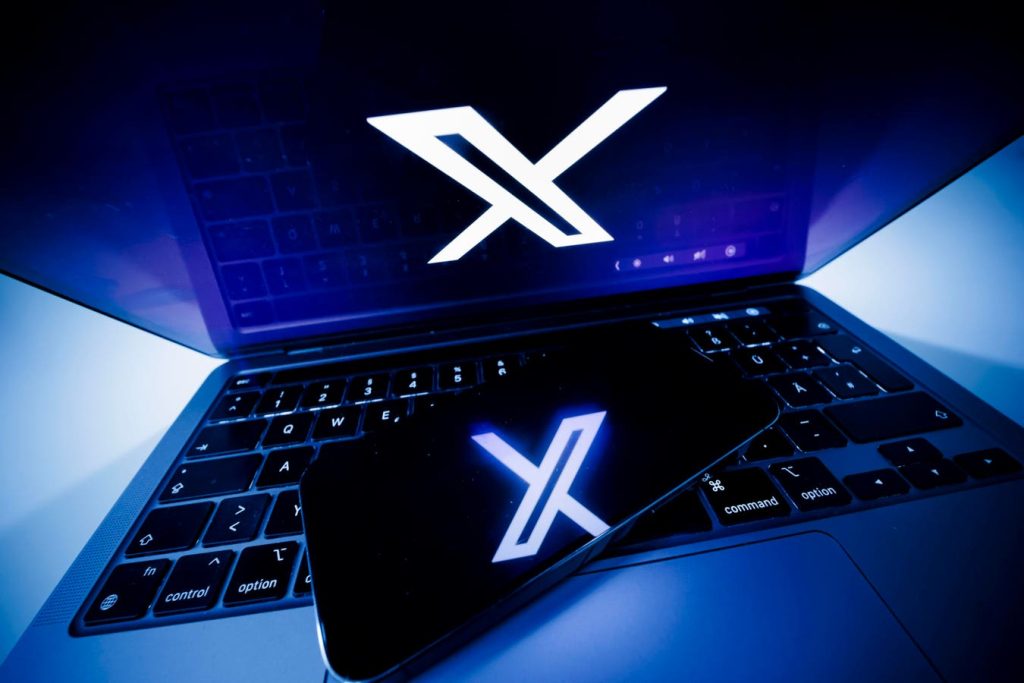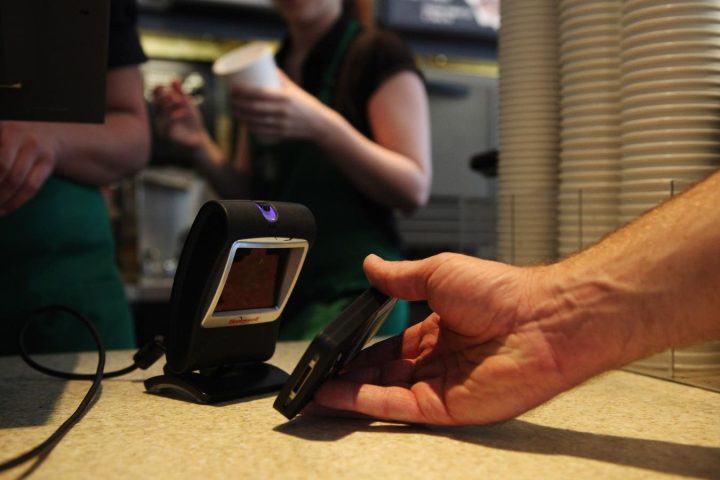More than four years after the financial centers of Hong Kong and Singapore announced they would allow digital banks, the online lenders have failed to disrupt those respective markets. They have opened plenty of customer accounts, but their deposit bases remain modest, as does their addressable market.
Elsewhere in the region, digital banks have larger potential markets, especially in Indonesia and the Philippines. Still, stiff competition and a lack of product differentiation mean that it is often necessary to subsidize customers to secure temporary loyalty. Some of these digibanks are also constrained by the focus of their parent companies on other businesses unrelated to financial services, like ride-hailing and food delivery.
The only countries in Asia where digital banks have found the secret sauce are China and South Korea, which can be attributed to both the innovative business models of online lenders and the unique market characteristics of these two countries.
China As A Digital Banking Pioneer
In 2023, China’s fintech market is both mature and constrained by a lingering crackdown on Big Tech. But rewind to roughly a decade earlier and it was a hotbed of digital financial innovation. China’s preeminent platform companies Alibaba and Tencent, having found success in e-commerce and gaming, respectively, pushed aggressively into digital financial services with implicit support from regulators that supported the financial inclusion benefits and the efficiency gains from the widespread digitization of payments. They capitalized on weak digital offerings from incumbents, incumbents who often chose to work with the tech giants in consumer lending – when regulators still permitted it, of course.
In 2019, the last year before the pandemic and China’s tech crackdown (both of which have weighed on earnings), Tencent-backed WeBank posted a net profit of $565 million and Alibaba-backed MYbank recorded net income of $180 million. Both online lenders first became profitable in 2016, about a year after being founded.
Amid China’s tech crackdown and the country’s economic travails, MYbank has pivoted to supporting social welfare and rural entrepreneurship – and has also joined the digital yuan pilot program. WeBank has also joined the digital RMB initiative.
While it remains to be seen if either of China’s digital banks can ascend to their previous zenith, their leveraging of the respective Alibaba and Tencent ecosystems, surging smartphone adoption and strong customer demand for digital financial products has proven to be a winning formula.
First Mover’s Advantage
Besides China, South Korea is the only other Asian country where digital banks have reached profitability and seem able to stay there. Kakao Bank is by far the country’s most profitable online lender, benefiting from its super-app approach with the ubiquitous Kakao Talk messaging app at its core. Like WeChat in China, Kakao Talk is a way of life in Korea. When Kakao Bank launched in 2017, it had a ready potential market of millions of Kakao Talk users – who are now estimated at around 47.6 million in South Korea – a majority of the population of 52 million.
Kakao Bank can be thought of as the first mover among Korea digibanks, and it only needed two years to reach profitability. It exploited the lack of competition to grow briskly while simultaneously eschewing the incautious – and expensive – international expansion we have seen from Western digibanks like Revolut.
In the first three quarters of 2023, Kakao achieved a record-high net profit of 279.3 billion won ($214.12 million) thanks to increased lending to borrowers attracted by its low-interest rates.
In the first nine months of the year, Kakao’s deposit balance also increased from 34.6 trillion won to 45.7 trillion won, a growth of 11.1 trillion won, or 32.1%.
Crypto Fever
K Bank is another profitable digital bank in South Korea, though its business model seems to be less sustainable than Kakao’s given its reliance on cryptocurrency. In fact, K Bank had to suspend operations a few years ago due to capitalization problems and when it re-emerged it inked a deal with leading Korean crypto exchange Upbit in which the exchange’s customers use K Bank for deposits. Since then, K Bank’s deposits have surged.
K Bank recorded a profit of 13.2 billion won in the third quarter, down significantly from 25.6 billion won during the same period in 2022. K Bank attributed the fall in profit to one-off provisions.
There could be trouble ahead for K Bank though. Korean media recently reported that a remarkable 70% of its deposits are tied to cryptocurrency. Since K Bank has about 15 trillion won (US$11.5 billion) in deposits, more than US$8 billion of the total is linked to crypto. What makes this worrisome is that the rules are murky when it comes to protecting customer deposits in the event of say, a run, on the crypto exchange Upbit – or a serious hack.
More Exceptions To The Rule?
Looking ahead, we do not expect many other digital banks in Asia will be able to replicate the success of WeBank and MYbank in China or Kakao and K Bank in Korea. Incumbent banks have entrenched strategic market positions in both Hong Kong and Singapore, and while there may be niche market opportunities in segments like wealth management for non-ultra high net worth individuals, overall, low-hanging fruit is scarce.
In Southeast Asia, both Indonesia and the Philippines present ample market opportunities, but competition is fierce, while in well-banked Malaysia and Thailand it is unclear how much of an opportunity there really is. What we have observed in Southeast Asia thus far is that large conglomerates are teaming up with platform companies like Sea Group
SE
Noticeably absent from any of this activity, with very few exceptions, are pure-play digibanking startups, and we expect it will remain that way. In Asia, it seems that digital banking is primarily a means for established tech companies – or telecoms in the case of K Bank, which is backed by KT Corporation – to expand into financial services and thus find new avenues for growth.
Read the full article here






